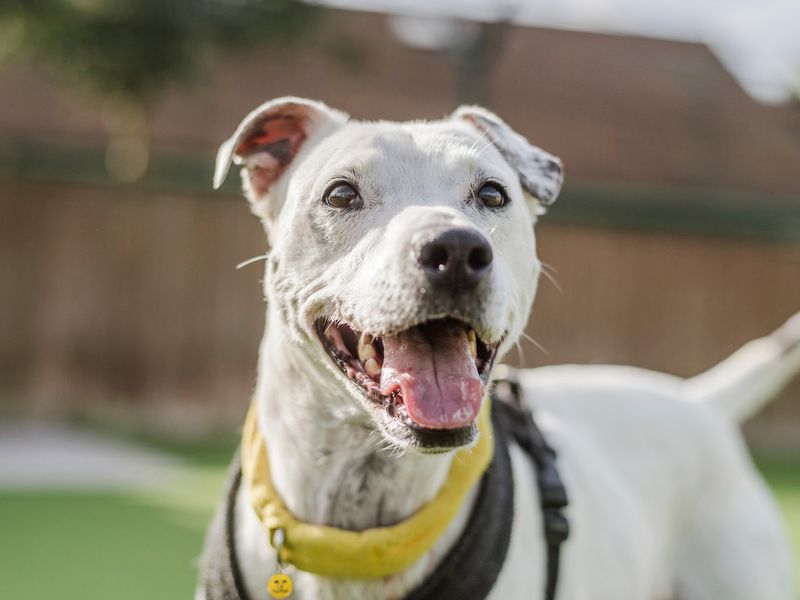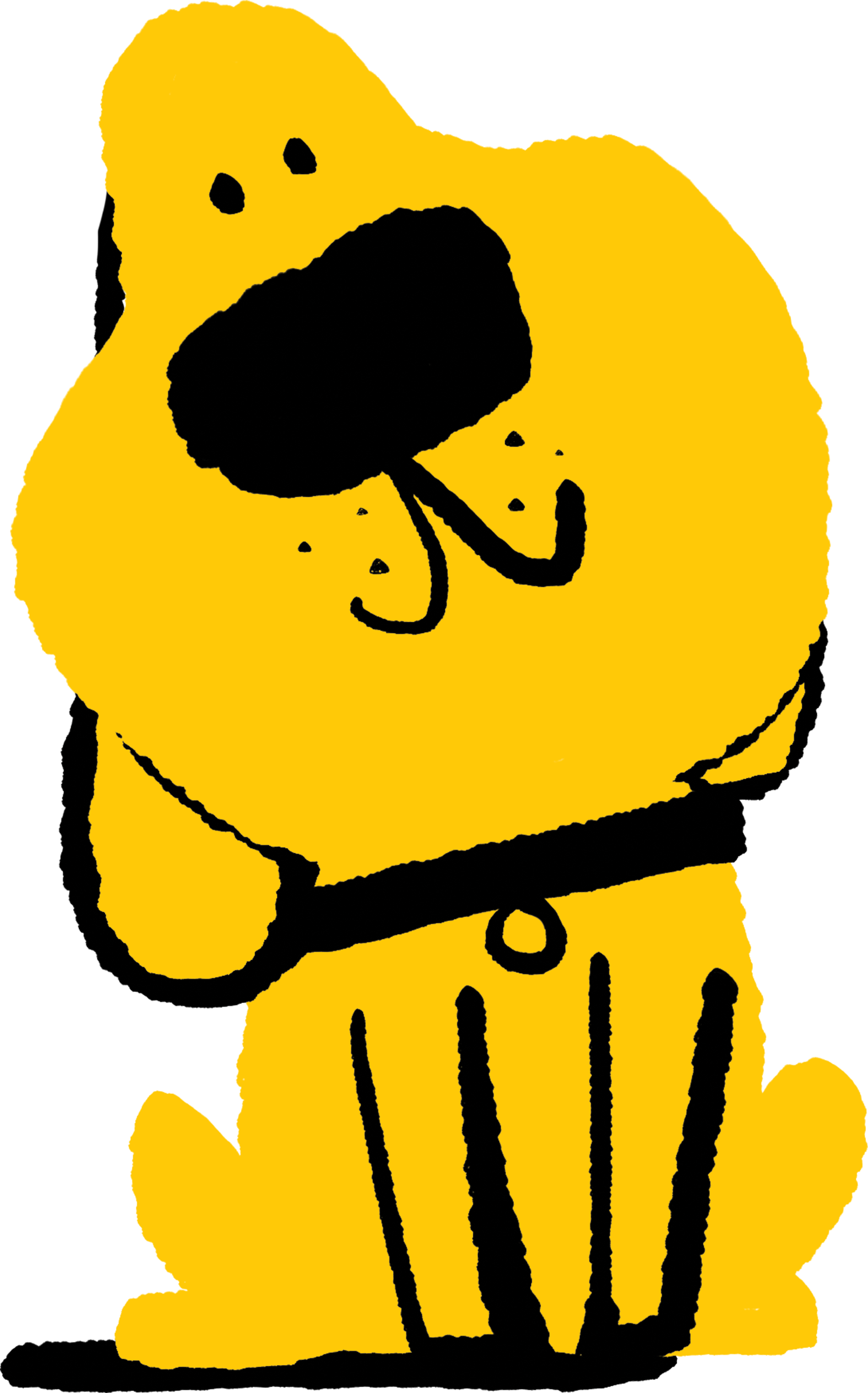Why neuter your dog?
Are you wondering whether to neuter your dog or not? Find out the benefits of neutering both male and female dogs.

Neutering is the general term used for the surgical removal of the reproductive organs in both male and female dogs.
- Castration is the removal of the testicles of the male dog
- Spaying involves the removal of a female dog’s ovaries and often the uterus, depending on the type or procedure performed.
Reasons for neutering
Health
Neutering removes any health risks relating to pregnancy and the reproductive organs. These risks include life-threatening infections, and neutering may reduce the risk of some cancers. To find out more on neutering, speak with your registered vet. They can tell you the best timing for this based on your dog’s age, size, breed, health and behaviour.
Money
Neutering can help to save money by avoiding the costs of unplanned pregnancies and raising puppies. It can also prevent certain illnesses, reducing the risk of large vet bills in the future.
Population control
Neutering is an effective and ethical way of managing dog populations for the future. This is particularly important in areas of the world with free-roaming dogs.
Human populations in these areas can also benefit. Dogs can be vaccinated against rabies at the same time as neutering, which reduces the spread of this deadly disease in local communities. The dogs can also be checked for any other welfare concerns at the same time.
Benefits of neutering for female dogs
-
Female dogs usually come into season for about 3 weeks, twice a year. Around this time, they can get pregnant and normally will produce a bloody discharge. Their behaviour may change whilst in season. They might try to run away in search for a mate, so will need to be managed carefully around other dogs – especially unneutered males.
-
Pregnancy and giving birth can lead to complications that could pose a health risk, particularly for certain breeds (such as “flat-faced” brachycephalic breeds).
-
Female dogs can suffer from phantom pregnancies which can cause both behavioural and health problems.
-
Neutering removes any health risks associated with the reproductive organs such as womb infections (pyometra). It may also reduce the risk of some cancers that can be very expensive to treat and are potentially fatal.
-
Unneutered female dogs are at a higher risk of developing mammary tumours.
Benefits of neutering for male dogs
-
Neutering may help to prevent or reduce testosterone-related behaviours such as scent marking and mounting. However, other factors also play a role in the development of behaviours like anxiety or frustration. Learnt aspects mean some behaviours may continue even after neutering. If your dog is showing undesirable behaviours, seek guidance from your vet who can refer you to an accredited clinical animal behaviourist for support.
-
Neutering reduces or removes the risk of certain cancers and reduces the risk of hormonally driven prostatic and peri-anal diseases. These conditions can be costly to treat and may be life threatening.
-
The behaviour of unneutered male dogs can change greatly when a local female dog is in season, which can make them more difficult to manage.
Vet schemes
Your vet practice may offer care plans (pay monthly or yearly) to spread the cost of essential pet care of things such as flea and worming treatment and vaccinations. This can even cover neutering among other treatments. These schemes are not an alternative to insurance as they may only cover routine preventative health care, so insurance is recommended as well. Ask your vet for more information.
Preventing dog theft
If your dog is neutered, engraving ‘I am neutered’ on their ID tag may help to deter against dog theft.
Neutering aftercare
It’s important to follow the specific guidance given by your vet when collecting your dog from a neutering procedure. When you pick up your dog, come prepared with any questions about aftercare. Here’s some general guidance to follow:
- Monitor your dog as much as possible in the days following their procedure. Check surgical sites and stitches daily. Follow all advice from your vet after surgery and call if you have any concerns. They might advise you to send pictures so they can assess if the surgical site is healing well, or they may want to see your dog if they are concerned. Check whether your dog needs a follow-up vet appointment. This is often free and included with the neutering package but check with your practice.
- Give your dog any medication prescribed as instructed by the vet or nurse.
-
A collar or cone might be provided for your dog to stop them licking or biting the surgical site. Your dog can eat, sleep, and go to the toilet with it on.
- Consider introducing your dog to a collar or cone before neutering, to help them feel relaxed and confident wearing one.
- If your dog struggles with the cone given, ask your vet practice for an alternative. Options may include a material collar, donut (soft cushion cone) or recovery suit for female dogs. These can be bought at vet practices or pet stores. -
Your dog will likely need to rest for the first few days after the procedure. Check with your vet about when you can start exercising your dog again.
- Make sure they have a peaceful and comfortable space to rest and recover.
- Try to ensure your dog doesn’t jump onto, off, or over high objects like furniture and fences, and avoid stairs if you can.
- Stop any rough and tumble play with other dogs.
- You can give your dog low-impact activities in the house and garden to keep them entertained, like food puzzle toys. Check with your vet about which toys are suitable.



